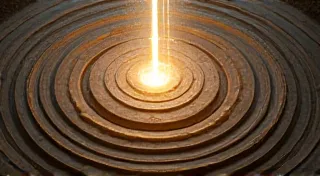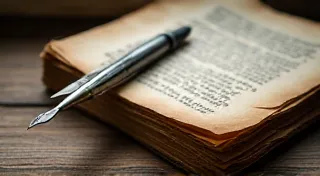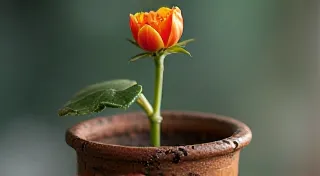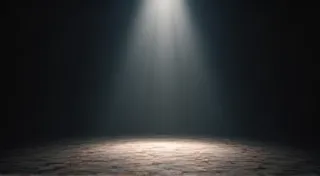The Cartographer of Frequencies: Navigating the Radio Spectrum's Past
There's a peculiar alchemy involved in restoring antique radios. It's more than just soldering wires and replacing vacuum tubes; it's an act of historical excavation, a journey back to a time when the airwaves were a far wilder, more uncharted territory. We often speak of radio restoration as a technical pursuit, and it is, certainly. But it’s also a form of cartography – mapping the evolution of frequencies, broadcasting, and the very culture that pulsed through those early transmissions. Imagine being a cartographer charting a vast, unknown land, the contours defined not by mountains and rivers, but by the ephemeral waves of radio.
My first radio was a Philco Model 48, rescued from a dusty attic by my grandfather. The mahogany cabinet, scarred and faded, felt ancient in my hands. I was less interested in the sounds it *could* produce and more fascinated by its story – the hands that crafted it, the families who gathered around it, the news and music it brought to life during a very different era. That radio wasn’t just an appliance; it was a time capsule.
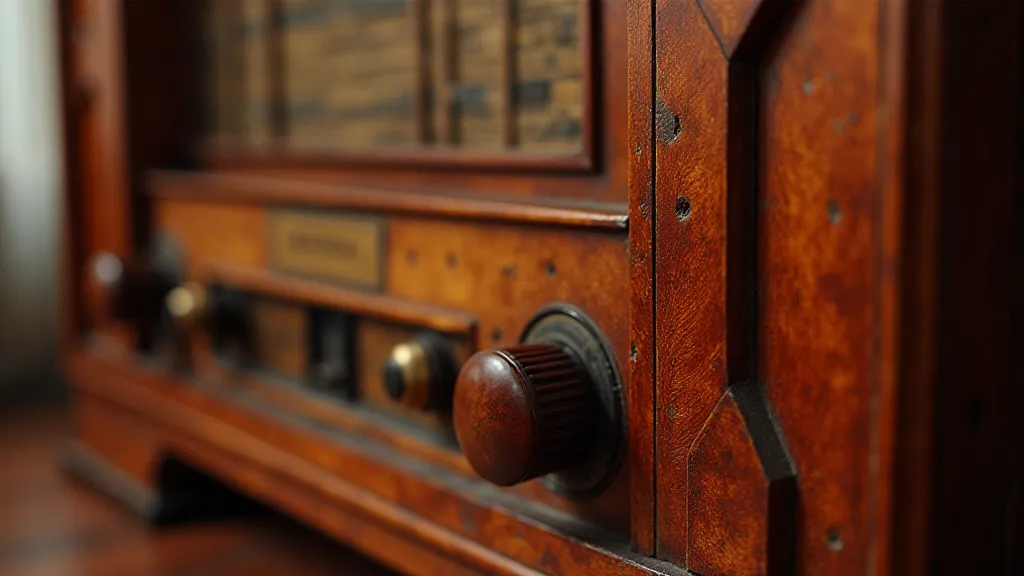
The Wild West of Early Radio
Today, we take the standardized broadcasting bands – AM, FM, VHF, UHF – for granted. They're neat, compartmentalized, a product of decades of regulation and refinement. But early radio was a chaotic, unregulated free-for-all. There were no designated frequencies; anyone with a transmitter could broadcast almost anywhere on the spectrum. This led to incredible interference. Imagine trying to listen to a baseball game while competing with countless other signals – preachers, musicians, businesses, and hobbyists – all clamoring for attention.
Early radio pioneers often experimented with incredibly diverse frequencies, often determined by equipment availability and personal preference. The "spark gap" transmitters used in the very early days were notoriously inefficient and produced wideband signals, essentially painting the airwaves with noise. The concept of a "station" was also fluid. Operators would move locations to avoid interference, sometimes broadcasting from rooftops or automobiles. It was a time of incredible ingenuity and a lot of frustration for listeners.
The Rise of Broadcasting and the Spectrum's Ordering
The era of chaos couldn’s last forever. The sheer volume of interference and the desire for reliable broadcasts necessitated a move towards standardization. The Radio Act of 1927 in the United States was a crucial turning point. It established the Federal Radio Commission (FRC, later the FCC) and laid the groundwork for assigning specific frequencies to radio stations. This wasn’t an overnight process, but it began the long, slow ordering of the radio spectrum.
The move to standard frequencies wasn't purely about technical efficiency. It reflected a broader societal shift towards regulation and control. The airwaves, it was decided, were a public resource and needed to be managed responsibly. This also marked the emergence of commercial radio, with stations vying for advertising revenue and larger audiences.
Think about the impact of this shift. Before, listening to a station might involve physically adjusting your receiver's tuning knob, hunting for a signal. The "hunt" itself was part of the experience. After standardization, listening became more passive, more predictable. And while that predictability brought convenience, some argue it also diminished the sense of adventure and discovery that characterized early radio.
Craftsmanship and the Radios' Heart
The beauty of antique radios isn't solely in their historical significance; it's also in the remarkable craftsmanship that went into their construction. These weren’t mass-produced items in the way we think of consumer electronics today. Each radio was a testament to the skill of the cabinetmakers, the electricians, and the engineers. The quality of materials – the rich mahogany, the intricate speakercloth, the robust vacuum tubes – speaks to a different era of manufacturing, one that valued durability and aesthetics.

Restoring these radios is often a lesson in appreciating this lost art. It’s not enough to simply replace faulty components. You need to understand how the entire system functions, how the vacuum tubes interact, how the speaker reproduces sound. It’s a process of meticulous diagnosis and careful repair, often requiring a healthy dose of patience and a genuine respect for the original design.
The Future of Remembering
Collecting and restoring antique radios is more than a hobby; it's an act of preservation. These radios represent a vital piece of our cultural heritage. They offer a window into a time when radio was a primary source of information, entertainment, and community connection. By bringing these radios back to life, we’re not just repairing machines; we're preserving memories, stories, and a unique chapter in the evolution of communication.
The standardized radio spectrum we know today is a remarkable achievement, a testament to human ingenuity. But it's also important to remember the wild west that preceded it – the era of experimentation, innovation, and a deep connection between broadcasters and listeners. The next time you tune into your favorite radio station, take a moment to appreciate the journey that brought us here, the countless individuals who shaped the radio spectrum, and the enduring legacy of those early pioneers who charted the frequencies of the past.
As a cartographer maps a new land, so too must we continue to explore and document the fascinating history of radio – a history written not in ink, but in the ephemeral waves that connect us all.

